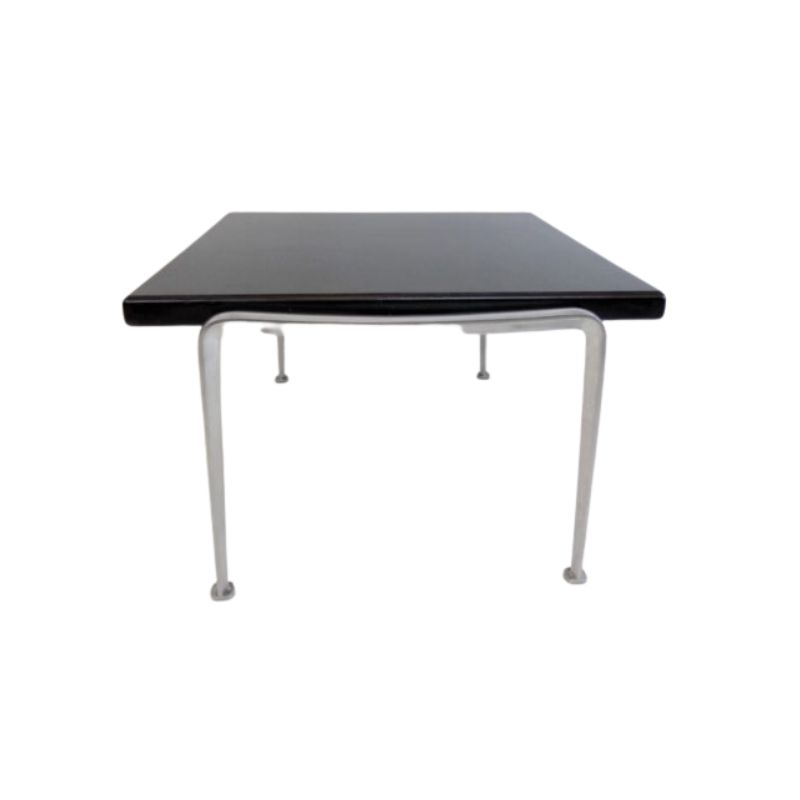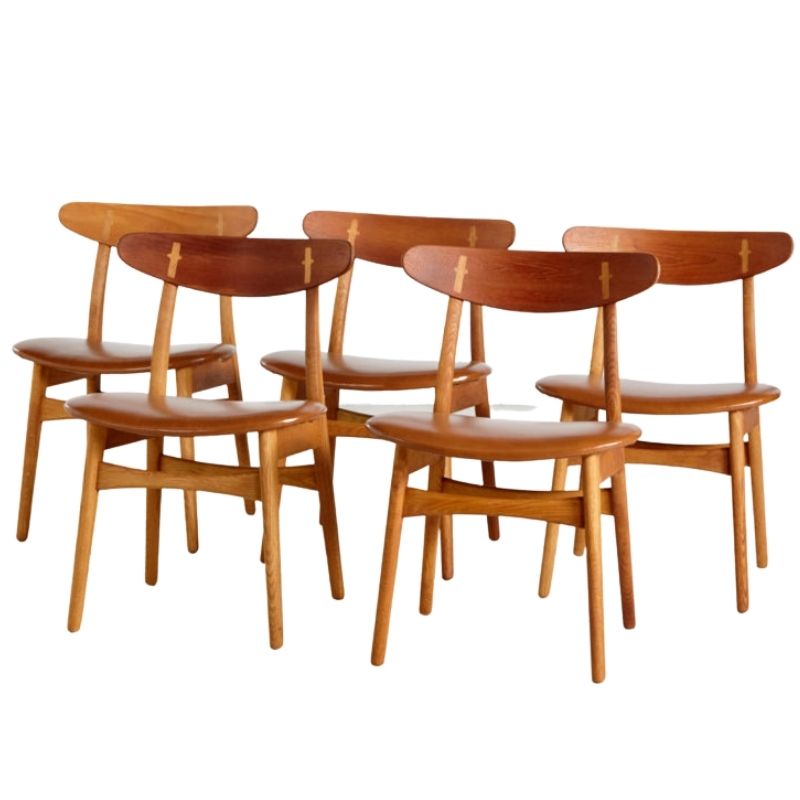Hi there,
Picked up a little stool for $30, suspecting it might be a Stool 60. It was covered in pink paint. Have just stripped and sanded it and I’m pretty sure it’s authentic!
I’m posting now with 2 questions as I’ve never done this before.
1. there is a bit of staining and retained pink paint in the seat - any idea how to get this out without further sanding?
2. the wood feels to me to be a bit dry and not as smooth as it should be given the amount of fine sanding I have done. Should I be conditioning the wood prior to lacquering? Is so, what product(s) would you recommend?
Thanks for your reply. Interestingly no, under the pink paint we’re not too many signs or marks of wear (ie on the legs, around the banding) - just the stains on the top (Water stains?) and little stripes of retained pink paint here and there. It’s almost as thought it was stripped and got a bit dry before it was painted pink. I wonder if the person who refinished it with the pink actually sanded those marks away?
Given it’s okay for it to look a bit worn, would you suggest going ahead with the lacquer right on top of seat as it is? I’m a-okay doing that! I do think I’d like to keep the natural birch vs painting it.

Test first in an area where it is not visible like tho top bend of the leg to see if you like how it looks. When I restored mine, after sanding the areas that need work, I used a honey maple stain that resembles the rest of the stool that did not need any repairs and gave the entire stool a few light coats of matte lacquer. Try to remove as much of the pink paint as you can before you do your final finish.
Of course it may depend on their vintage, because I think the earliest ones were shellac, not lacquer, although the lacquer will likely hold up better, but high quality shellac is prettier, especially on maple or birch. You can get the pink paint out if you are meticulous with stripper and a toothpick, wire brush, etc. Oxalic acid will take the water stains out, but I would tend to agree with minimoma, probably better to just leave it.
Either way, once you put the first coat on, you should be able to sand out the roughness using 220-320 or higher grit (absolutely necessary if shellac, since the denatured alcohol raises the grain), prior to the next coat.
Your comment about the wood still being rough due to being 'dry' makes no sense to me, and leads me to believe that you didn't sand correctly. Sanding is a fine art, so if it is your first go at it, it is easy to do incorrectly.
Thanks for your reply. I ended up just leaving the water stain and sanding medium and then fine ending with 320, including between coats of polyurethane. I did end up using poly because I could not find good quality shellac where I live and lacquering seemed very complicated tbh. I think it turned out okay, especially for a first project. It is smooth, and solid, and very much nicer looking than it was.
Thanks again for all the help and feedback.

If you need any help, please contact us at – info@designaddict.com

















